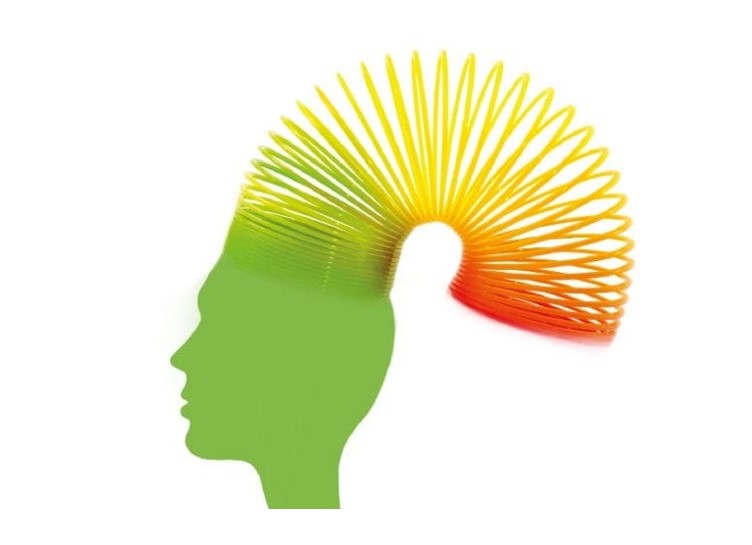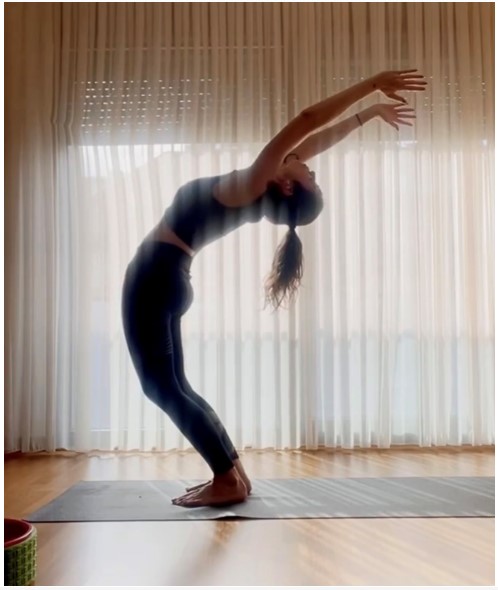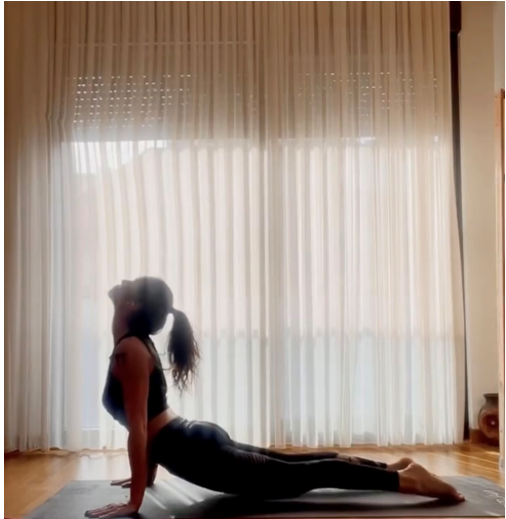
We left behind 365 days. We started to open brand new pages, to experience, to live. As we enter a new year, we always think about what happened in the year we left behind. What we are thinking is wrong, because last year as it is called, is “a year gone by”. Whatever happened, it happened and it’s over. We continue our lives with the teachings of each age, getting older every year. We are filled with hope for each new year that begins. I expect great experiences, ideas, and self-improvement from each new year and get excited.
One of my resolutions this year is to “be flexible.” So, in what sense? First of all, the first thing I learned is that as the body stretches, the mind also stretches, and the soul is already flexible; The main thing is to approach the flexibility and fluidity of the soul and to experience body-mind-spirit integrity and balance. That’s why I had a sequence of small stretching movements when I woke up every morning, unfortunately, I wasn’t doing it, but my goal now is to do this. It is one of the reasons to keep the brain fit; meditation, yoga, and stretching exercises. Before I started yoga, I wanted to learn meditation. At that time, my dear yoga teacher told me, “You cannot relax your mind without relaxing and stretching your body, you cannot concentrate and do meditation unless your mind slows down.” Actually, this was the first moment I understood what yoga was.

Stretching can help relieve the tension caused by daily pressures on our muscles. These can appear in different forms, such as tightness in the neck, shoulder, and back muscles. Flexibility varies depending on the parts of our body. The most flexible points of our body are our muscles. The elastin rate (elasticity) in our muscles is higher than in other body structures. When the stretching position is held for a long time, the signals from the muscle spindle begin to decrease. This results in a calming of the reflex response; The nervous system learns that no danger requires a protective response. As a result, the muscle relaxes.

Additionally, regular and consistent stretching promotes a healthy musculoskeletal system and improves blood circulation, which can lead to a healthier spine and less chronic pain.
Research suggests stretching can improve mood and cognitive performance, helping people feel calmer and more focused on their work. Even people with low levels of physical activity can experience these improvements in stretching. Because there is a perfect exchange between body and mind, their actions are interconnected. The truth of one reflects the other. It can help us feel calmer and increase serotonin levels, the hormone responsible for improving mood. Serotonin is known to reduce stress, anxiety, and possibly the risk of depression, and promote an overall sense of well-being.
Of all the fitness components, the one we tend to value least is flexibility. Most of us prioritize getting stronger, faster, fitter, bigger, or skinnier. Few of us prioritize being more flexible… until our lack of flexibility becomes a problem. Learn how to stretch properly and incorporate regular stretching into your exercise diet.
A.Melis Gence
Instagram @melispurelife


